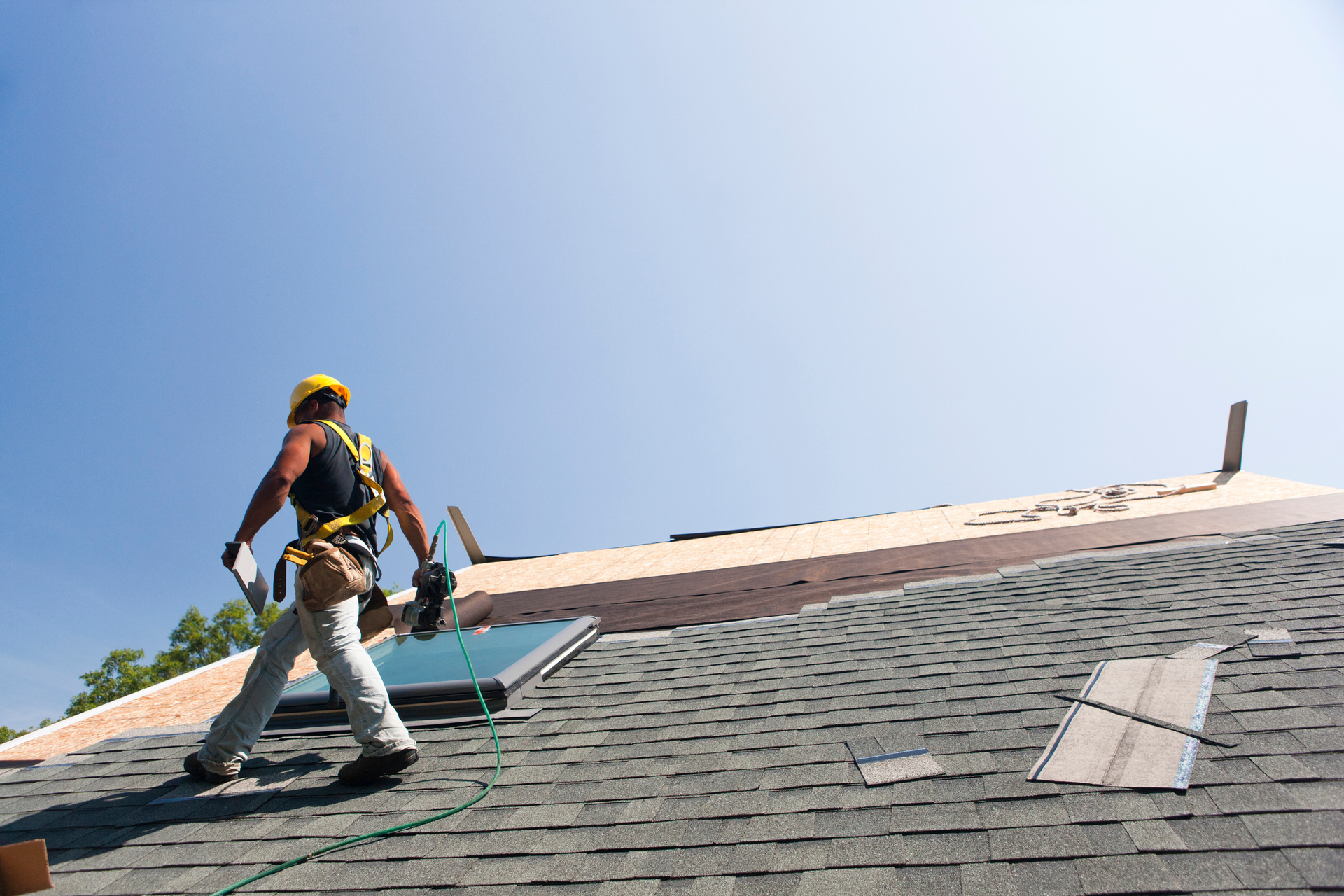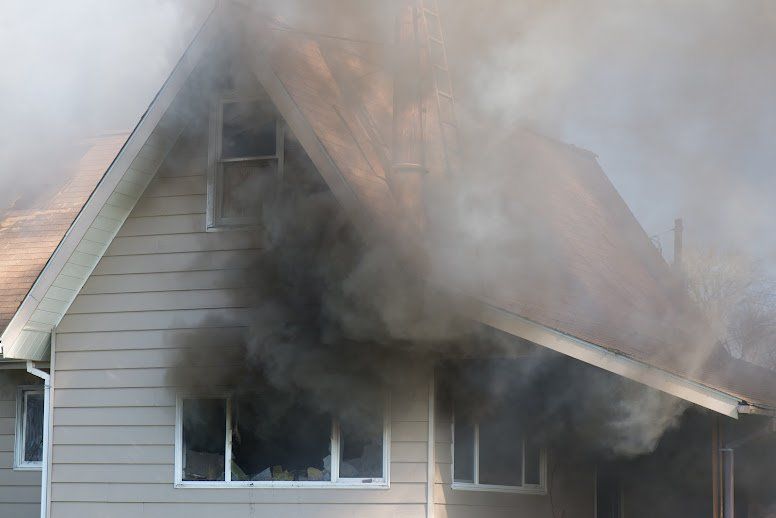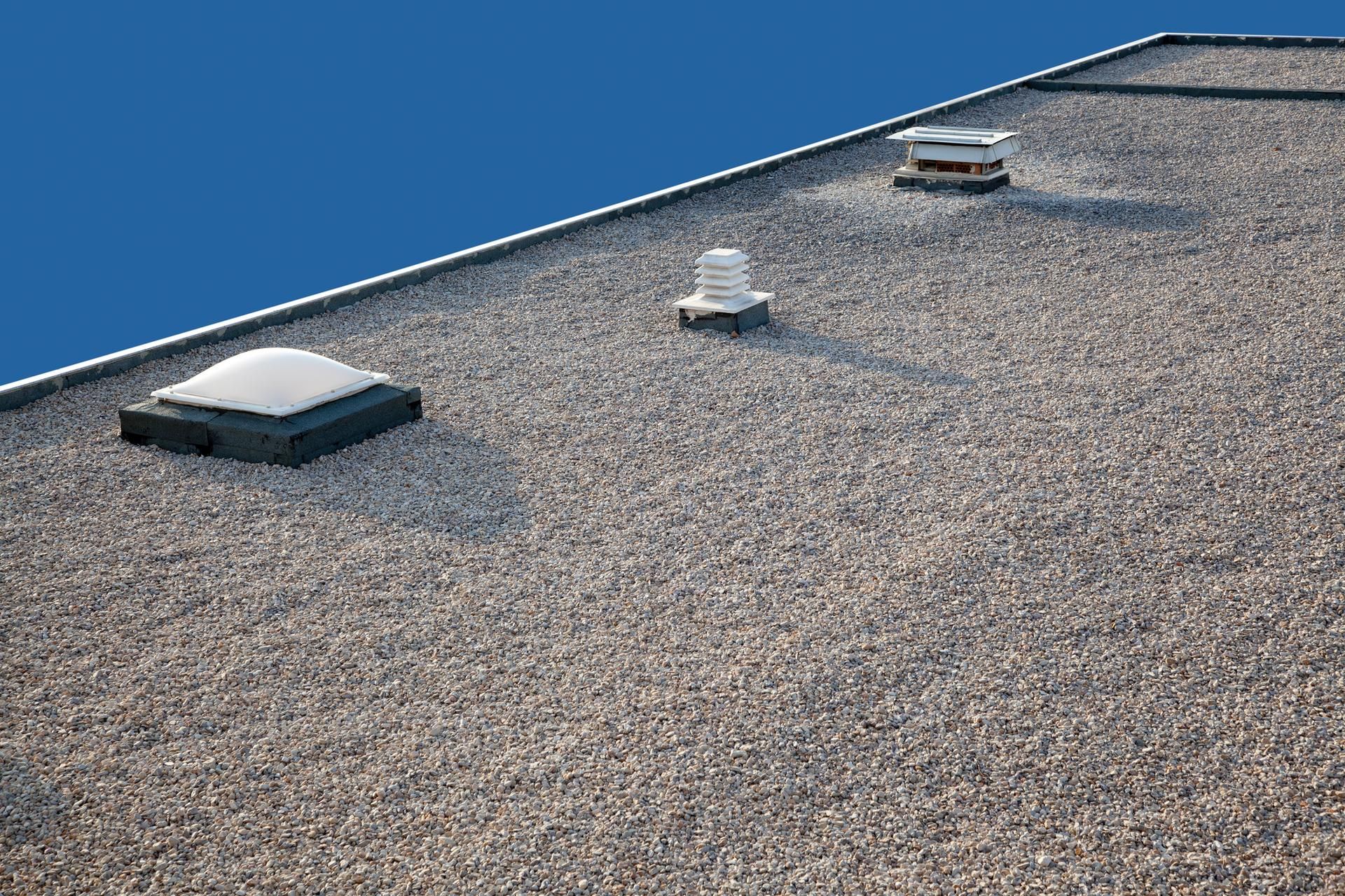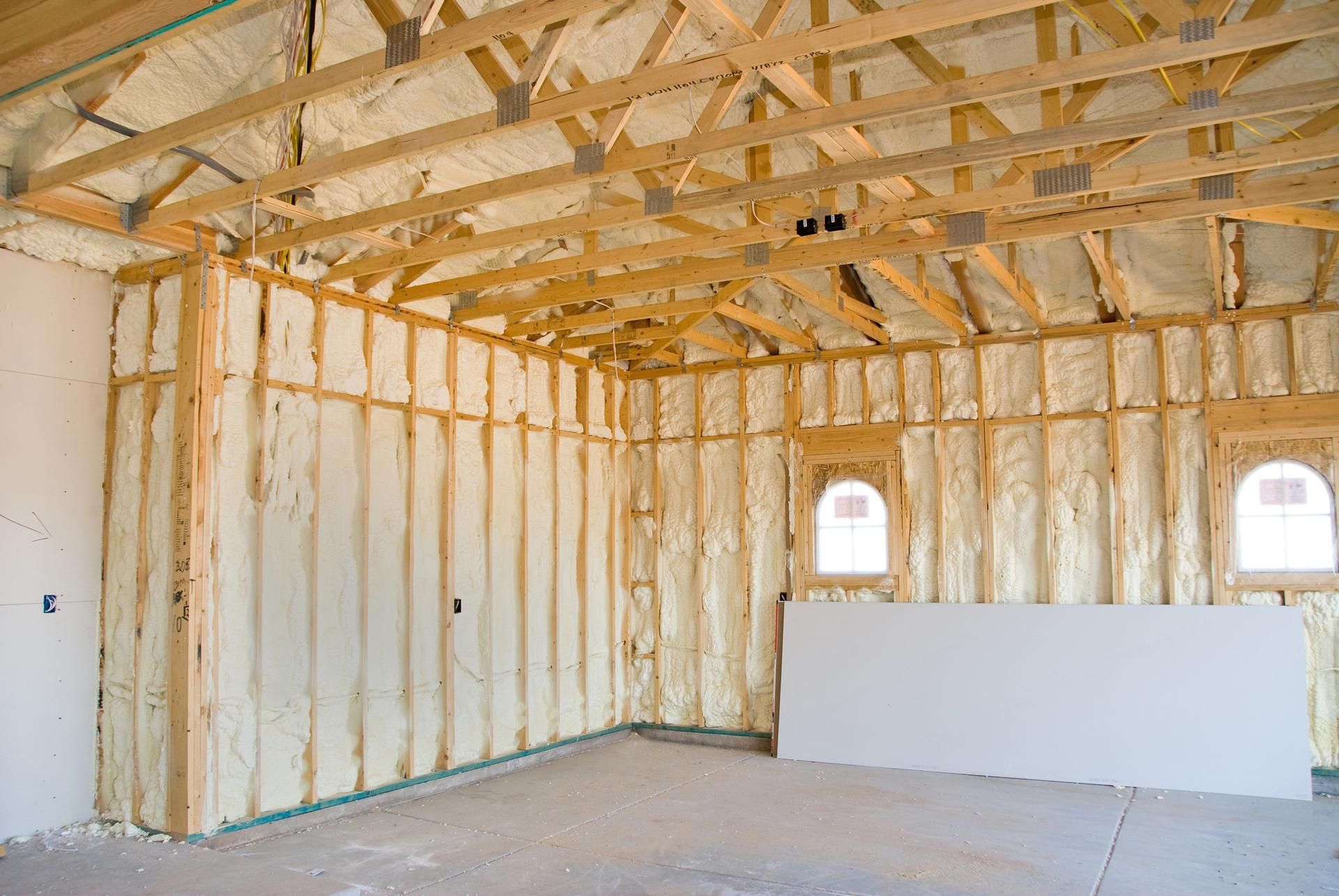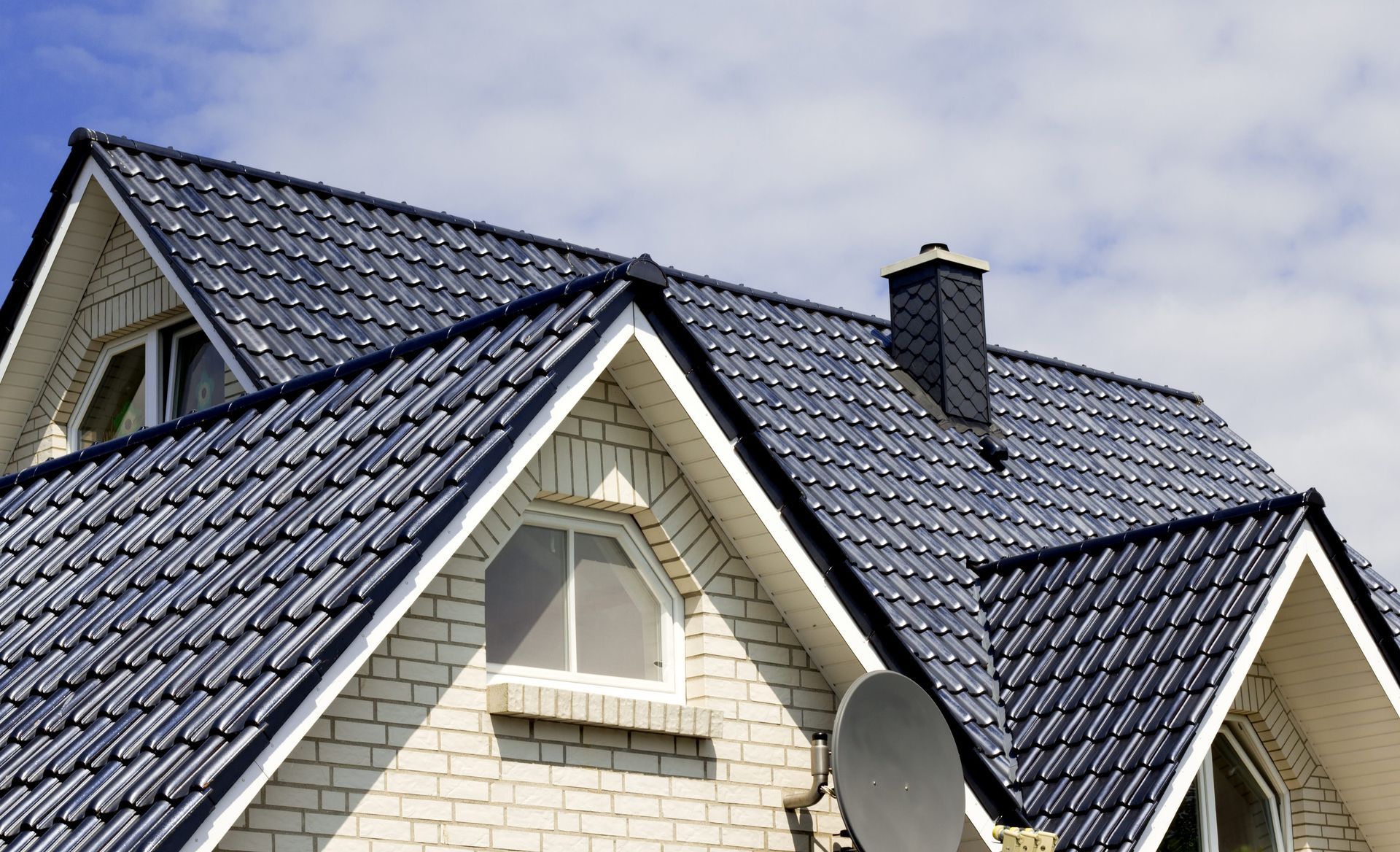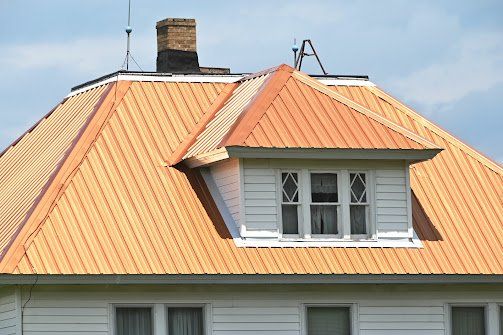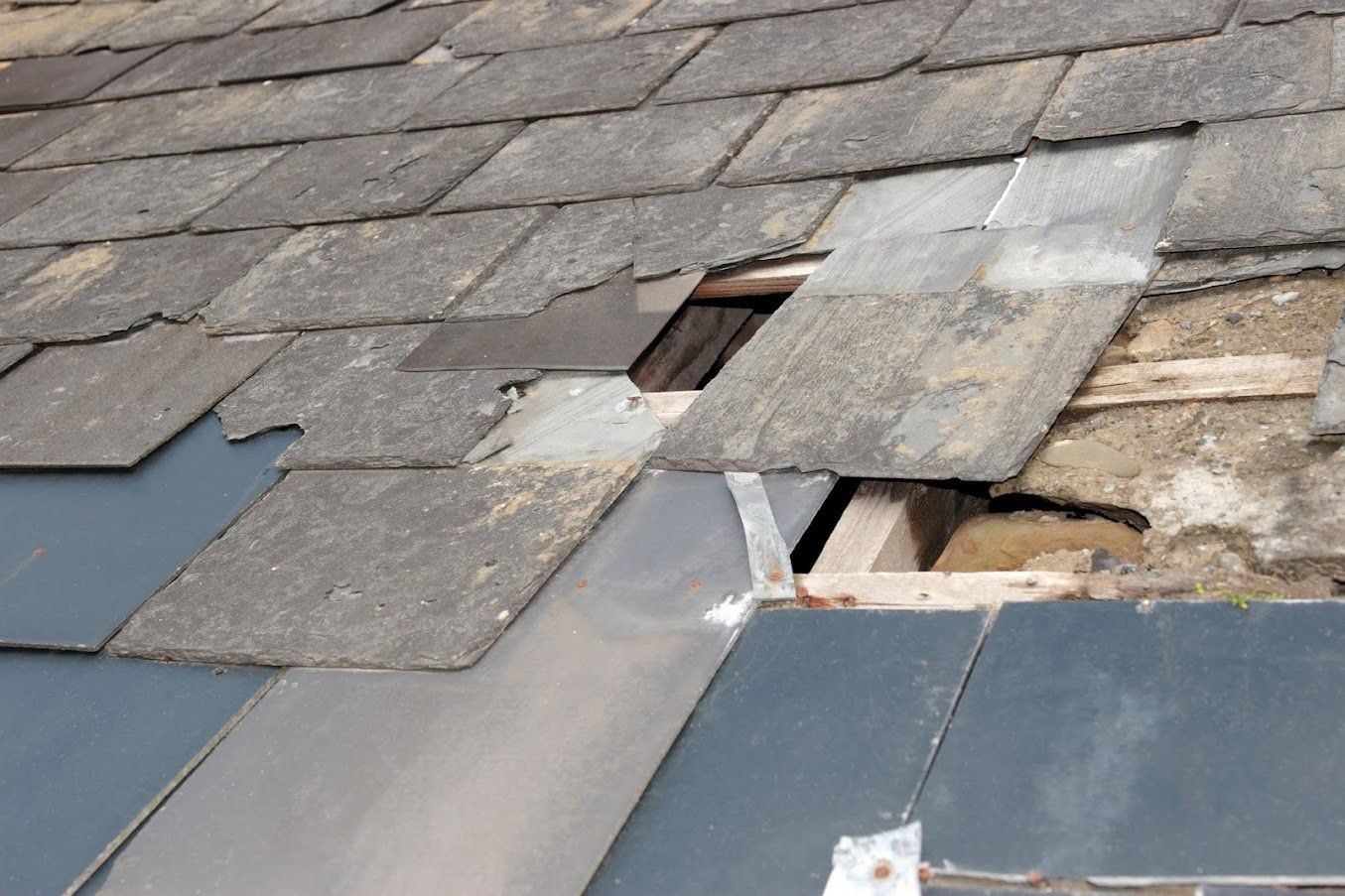Signs It Is Time to Replace Your Roof
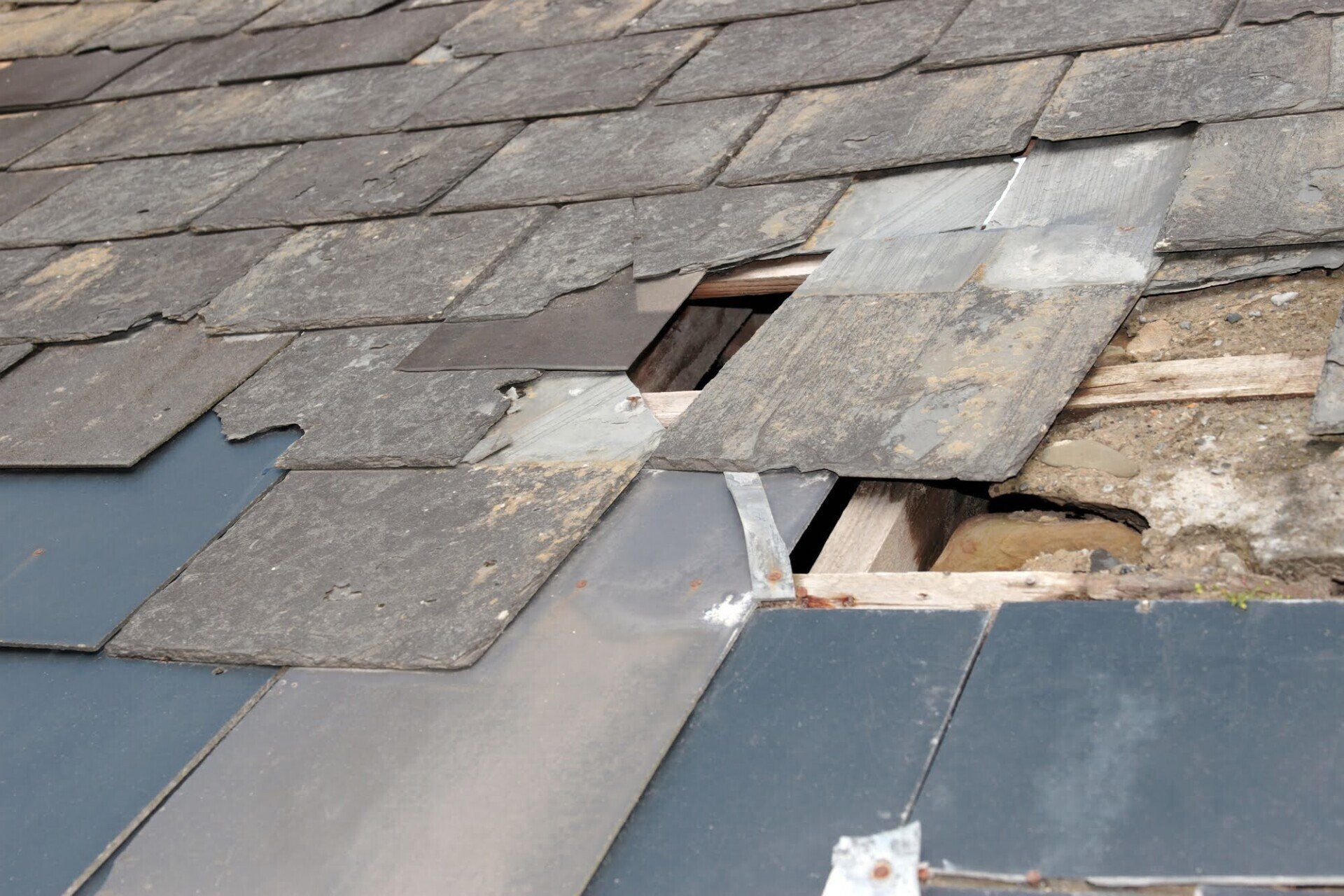
One of the most crucial components of your home is the roof. When functioning correctly, it shields the rest of the house from environmental exposure and water leaks. With time, however, your roof will begin to exhibit wear and tear. It is easy to underestimate such breakdown until it causes significant damage. Instead, be vigilant and watchful of early warning indicators.
The signs would help you know when the roof needs to be replaced, helping you reduce the likelihood of accidents or property destruction. Maintaining a healthy roof will protect you and ensure that it remains in excellent shape to promote optimal resale potential. The following are some of the signs that you should look for to indicate that you need to replace the roof.
Curling or Buckling Shingles
As soon as shingles begin to twist or bend, they are probably already damaged and are no longer securely fastened to the roof.
The most common causes of curling and buckling are humidity, age, and prolonged heat stress. When strong winds catch the curving surface, they can cause significant damage and expose your property to multiple harsh conditions.
If you don't replace the buckled or cracked shingles, rainwater can enter through the peeled or curled shingles and may become trapped. As a result, rot and leaks develop due to rainwater seeping through the ground.
Mold Formation and Moisture
If your attic doesn't have adequate ventilation, hot, humid air will rise and settle in. When condensation begins, rust and mold will develop in this environment. If you choose to overlook the mold and algae, your house would be more than just visually impacted by their growth, as the roof framework may decay.
In addition, mold and mildew can endanger human health, causing allergic reactions and respiratory problems. Power washing is not advised when there is an apparent algae bloom since it could erode or peel off the granules from your shingles, rendering them unusable. Installing a new roof is the best course of action for this situation.
The Roof Sags
Sagging indicates that rainwater collected underneath the roof has corroded away the supporting planks. It is essential for you to replace a floppy, sagging roof before your home sustains any further damage.
Indicators of drooping and sagging are ordinarily obvious when they occur because a home's roof must seem level across its lines. Inspect the surface for indications of held water, decaying boards, or drooping areas, which are all signs that you should replace your roof.
Aging Flashing
Flashing is a curved corrugated sheet that is put in troughs where roof gradients intersect and all around objects like chimneys and ducts that penetrate the roof. Flashing helps prevent water from infiltrating the roof in these vulnerable areas surrounding chimneys and other vents.
Your flashing may have reached the limit of its useful life if it is rusted, tarnished, or displays other signs of damage. Although flashing may be fixed without completely removing the roof, it indicates that your entire roof may need to be rebuilt.
Missing Shingles or Granules
Shingles frequently break or are blown off entirely due to powerful winds. Shingles can also lose their granules this way, and they are less effective once they’ve lost granules. Examining the gutters is one technique to look for stray granules without going over the entire roof. Granules in the drains all around your roof indicate severe damage. You will have to replace the entire roof if most of the granules on your roof have been peeled off.
Although roofs typically have a lengthy life expectancy, several elements affect whether your roof will survive for long or not. Therefore, it's crucial to inspect frequently to ensure the roof is in good condition. Get in touch with us at All American Roofing if you'd want further guidance on what to watch out for to know when to replace your roof.

